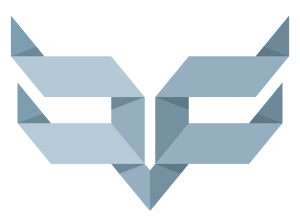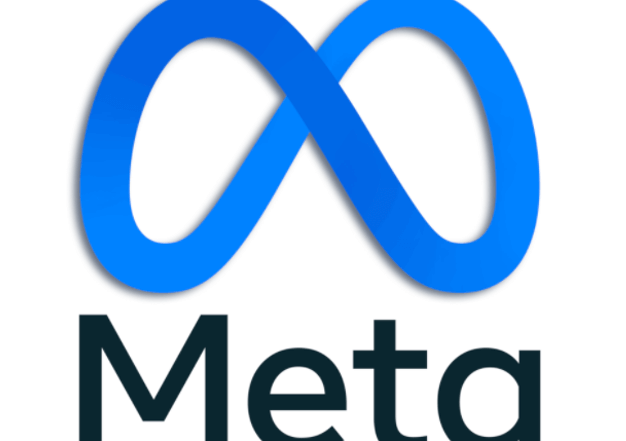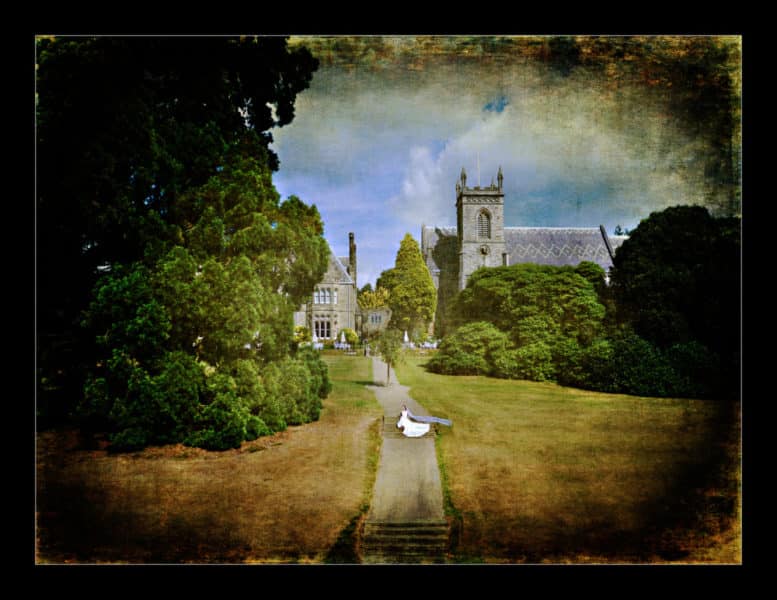Flame-throwing drone helps remove net on UHV power line
XIANGYANG, CHINA — China power companies are using drones that emit flames to burn down the trash stuck on power lines.
When faced with certain objects twining round an ultra high voltage (UHV) power line, workers no longer need to climb a high ladder to remove it any longer, drones can now be used to do the dangerous deed.
Maintenance workers in Xianniang City in central China’s Hubei Province demonstrated the removal of a 12-metre long nylon net entwining around a UHV with a flame-throwing drone on Tuesday.
“In the morning, our inspector found a foreign matter on the line. Through investigation, the nylon net was brought by strong wind, and severely affected the line’s safe operation. We’ll use a drone to deal with the emergency to ensure safety,” said Feng Qi, head of Xianning power line maintenance station, Hubei power transmission and transformation project company.
Workers flew the flame-throwing drone towards the net, spitting fire at about four to five meters away from the nylon net and burnt it to the ground. In ten minutes, the power line resumed its normal operation.
….From UK Construction Online
The Importance of Solar Panel Inspections in Spring
Spring and summer are peak months for solar energy production—ensure your panels are operating efficiently with a professional thermal imaging inspection. Compliance with IEC62446-3:2017 is essential for both commercial and domestic systems, helping to prevent faults, optimise performance, and maintain insurance coverage. Book your inspection today!
Facebook, Instagram and Threads Removal
Departing Facebook, Twitter, and Instagram to Uphold Ethical Principles In an era increasingly shaped by the influence of powerful social media platforms, Drone Media Imaging has made the principled decision to leave Facebook, [...]
In Thermography what is the difference between Quantitative vs Qualitative analysis
Quantitative and qualitative thermography are two essential methods in thermal imaging analysis. Quantitative thermography measures exact temperature values, while qualitative thermography focuses on pattern recognition. Both play a crucial role in building inspections, electrical fault detection, and industrial diagnostics. Understanding their differences helps professionals choose the right approach for accurate thermal assessments. Drone Media Imaging provides expert thermographic services, ensuring precise, reliable results. Contact us today for professional thermal imaging analysis.
Expert Infrared Inspections for Accurate Thermal Assessments
Need professional thermographic analysis for your project? Our certified experts use the latest infrared technology to deliver precise results. Contact Drone Media Imaging today for expert thermal imaging services.











